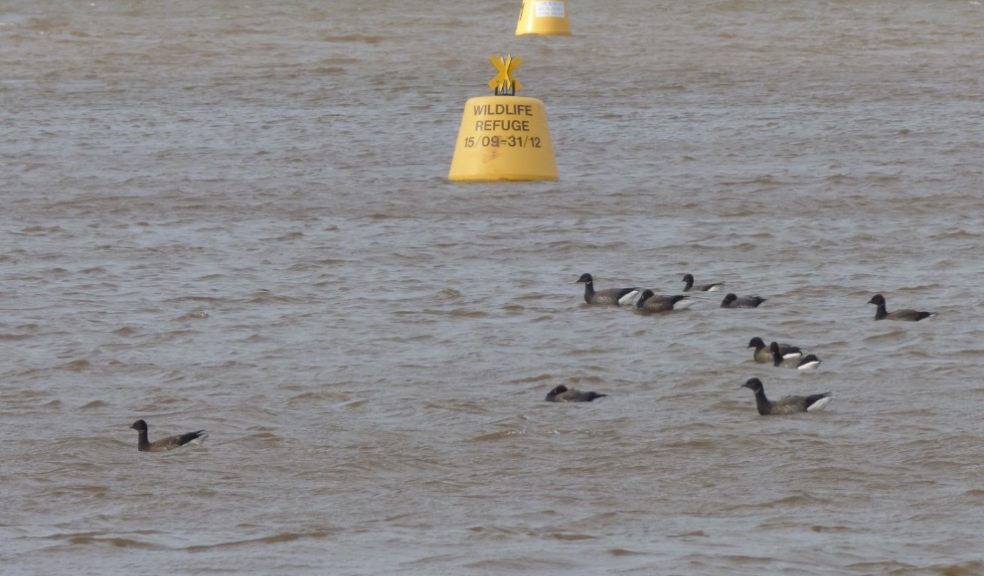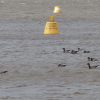
Wildlife continues to thrive after five years of protection on the Exe Estuary
Since 2018, two wildlife refuges have protected water birds on the Exe Estuary. Exmouth Local Nature Reserve’s wildlife refuge operates from 15 September to 31 December every year, while Dawlish Warren National Nature Reserve wildlife refuge operates year round.
As Exmouth’s wildlife refuge is due to start again this month, people are asked to avoid entering both refuges at this crucial time of year when thousands of birds start their annual migration to feast on the rich food provided by the Exe. Both wildlife refuges are marked by yellow buoys.
The British Trust for Ornithology’s (BTO) Wetland Bird Survey (WeBS) data collected by volunteers during winter 2022-2023 reveals that overall water birds on the Exe are maintaining their numbers, despite the threat from bird flu:
- Oystercatcher – there was concern about a significant decline in numbers on the Exe between 1996 and 2005, but since then winter numbers have been relatively stable and doing better than the national situation where they are still in decline. The Exe supports on average 2000-2500 oystercatcher over the winter months.
- Brent goose – long term trends show a stable population on the Exe, but poor juvenile counts in recent years might predict a decline in the future. Over the last decade, the Exe has supported an average of 1,400 over the winter months but only just over 1,000 in the last two winters.
- Black-tailed godwit – increasing in line with the national average, and reflecting a big increase in their breeding range in Iceland. Average winter numbers are just over 1,000 with numbers regularly peaking above 1,500.
Exe data is collected by WeBS volunteers and monitored by volunteer David Price. He said:
“Despite some major ups and downs in certain species over the last 50 years, the total number of waterbirds on the Exe has remained remarkably stable, with wintering numbers of waders and wildfowl consistently around 15,000 birds.
“The two refuge areas at Exmouth and Dawlish Warren make a significant contribution to supporting this number of birds. In the early winter period they provide an important food supply of a water plant called zostera which is particularly exploited by up to 6-7,000 Wigeon and Brent Geese.
“The sand spits and beach areas at Dawlish Warren offer safe roosting sites at high tide for wading birds to rest on whilst their feeding areas are covered. Protection for these two areas is therefore an important element of conserving a significant proportion of the Exe Estuary's bird life.”
Cllr Emma Morse, Exeter City Council’s Lead Councillor for City Development and Chair of South East Devon Habitat Regulations Executive Committee said,
“On behalf of the tri-Council partnership, I would like to say a massive thank you to all visitors to and users of the Exe Estuary for helping to protect wild birds. The birds are easily disturbed by people, dogs and all kinds of water users, so by avoiding the wildlife refuges you are playing an important role in helping them to survive after their long flights.
“Thank you and keep up the great work!”













